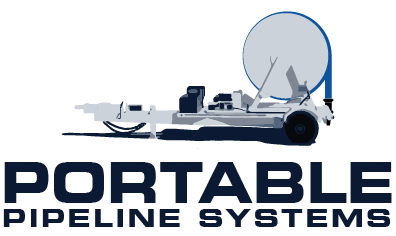Potable Water Supply Meaning And Real World Applications
Water covers 71% of the earth’s surface. 97% of all that water is salt water found in the ocean, meaning undrinkable. Unless you were to boil all of that water until it was pure. So contrary to popular belief, water is not available everywhere in a pure and drinkable form, and without our water transportation systems, let’s face it, we’d be screwed.
What Is Potable Water?
In the simplest terms, potable water means that it is safe to drink. A measure decided by
State and federal governments. That means that the systems designed to transport this water also have to be safe for potable water. So, they can’t be adding any extra chemicals to the water as it is being transported.
According to the Water Education Foundation, here are some of the contaminants that are removed from potable water.
-microorganisms
-bacteria
-toxic chemicals
-viruses
-fecal matter
As you may have guessed, drinking water that contains any of these things can make you seriously ill. So, all water delivered to homes and businesses must be adequately treated.
Think of it as a medieval encampment. Building the latrine ditches too close to your natural water source will only contaminate the water and end up making your entire army sick. Unfortunately, today we don’t always have the luxury of moving the latrines because our freshwater sources are already contaminated by sewer and industrial run-offs.
Is Tap Water Safe To Drink?
So what water is actually potable? We know that bottled water is strictly controlled by CDC guidelines, but what about the water from your tap? According to Healthline, within the United States, most states have safe drinking water coming straight from the tap.
Of course, this does not mean that the water is 100% pure. It just means that the levels of minerals within the water are considered safe for human consumption. Therefore, this water can still contain safe chemicals such as fluoride, chlorine, chloramine, and minerals. These additives serve different purposes, from keeping tap water safe to drink by killing chemicals or providing our daily intake of copper, magnesium, calcium, and sodium.
There are also small amounts of pollutants in drinking water that remain within safe drinking standards.
Pollutants Include
-Bacteria
-Parasites
-Chemicals
-Radioactive Elements
-Heavy Metals
What happened To Flint, Michigan?
In 2014, many people in the town of Flint, Michigan, complained of an unexplained illness that was possibly connected to their drinking water. Complaints mounted, but officials largely ignored them because the recent change in water transportation systems had saved them a lot of money.
The Flint River that runs through the town became their primary source of drinking water after making the switch from the Detroit system. The river is a dumping ground for industrial run-offs and raw sewage and supposedly has caught fire twice. Yep, you read that right. The amount of waste is so significant that it became a miny BP oil spill.
Still, none of them surmounted the effect of the excess amounts of lead in the water that made Flint Michigan residents so sick. And while the levels of lead in Flint’s water were considered ridiculous by any standards, The Environmental Protection Agency reminds us that there is no safe amount of lead in water. In response, the city was forced to tear up and replace a majority of its lead pipes and provide its residents with bottled water.
Much has changed in Flint, Michigan, but some of its citizens still don’t have access to clean drinking water and continue to get theirs from lead pipes.
What Materials Are Potable Water Safe?
Obviously, lead pipes aren’t the answer to a safe water transportation solution.
Here’s CIBS Journals List Of What Is
-Copper
-Stainless Steel
-Cross-link polyethylene (PE-X)
-Thermoplastic (ABS)
-Medium-density and barrier polyethylene (MDPE)
-Polybutylene and multilayer pipe
I hope you enjoyed this post on the meaning of potable drinking water and its impacts. And have a better understanding of just how important our water treatment and transportation services are because they aren’t invincible. In the event of a water main break or another similar disaster an above-ground water transportation system is the best way to fill the gap between service and repair.




 Sales Office Location
Sales Office Location
 sales@portablepipelinesystem.com
sales@portablepipelinesystem.com